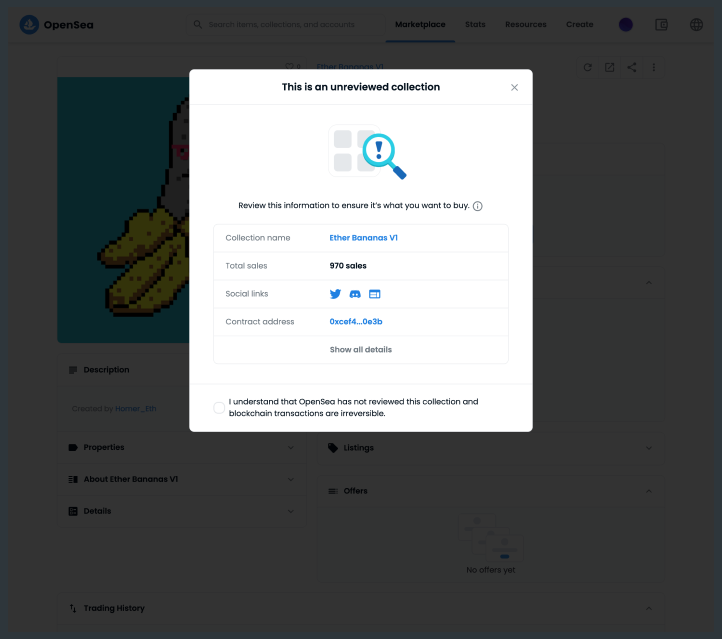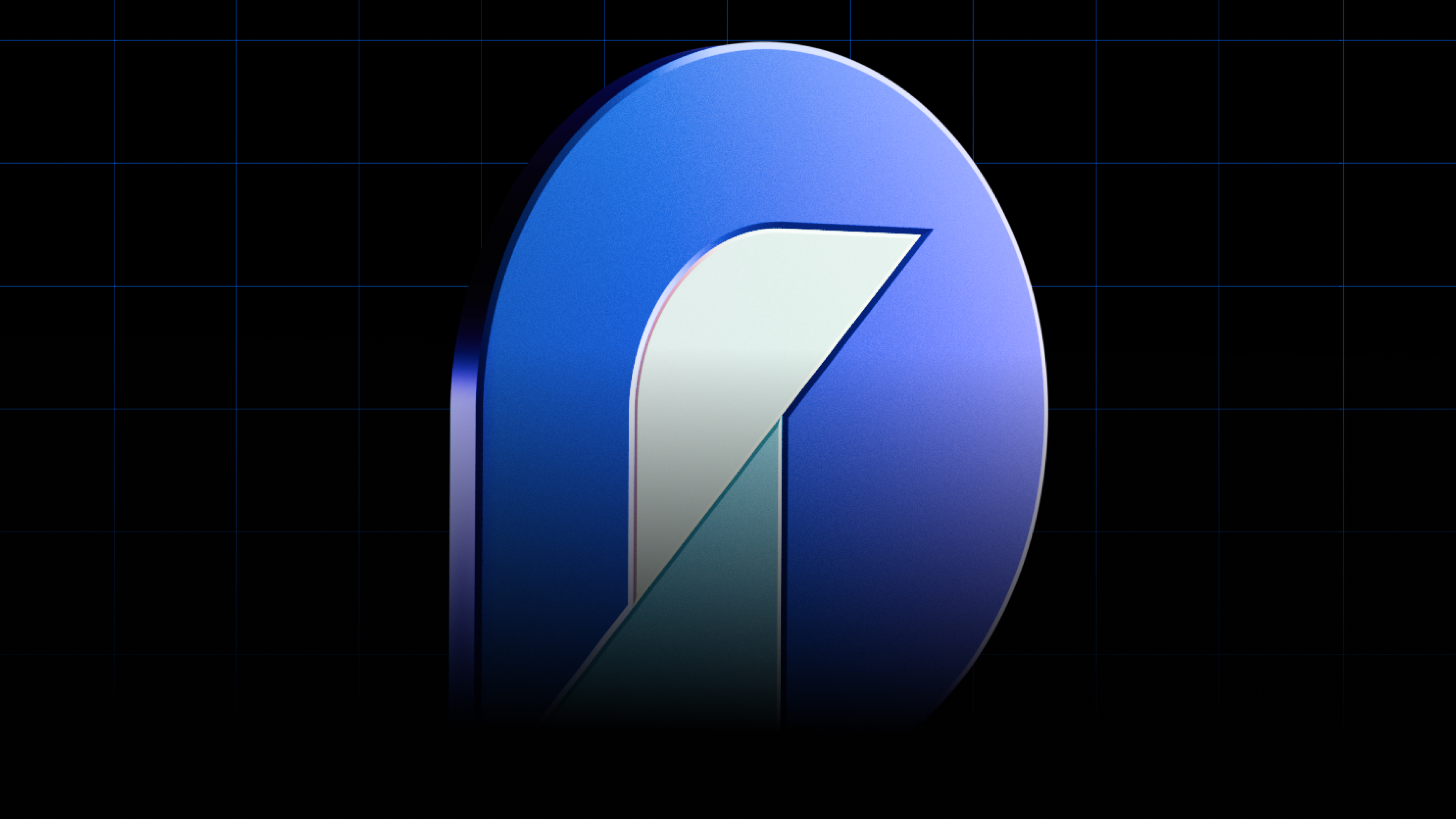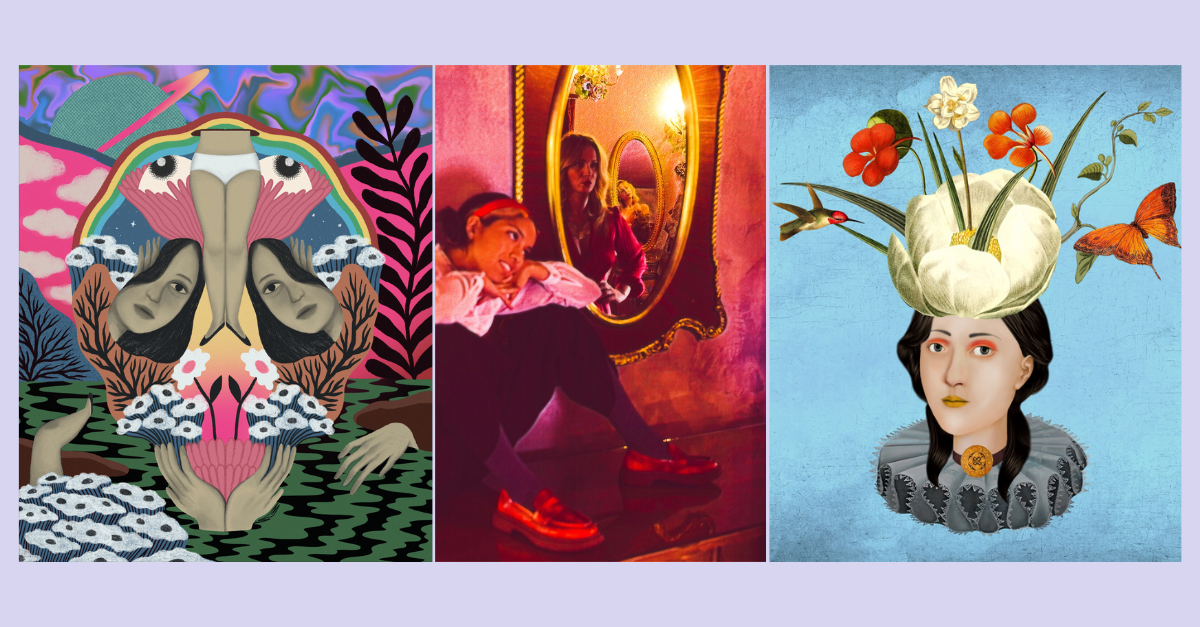It’s essential that users feel confident when purchasing NFTs on OpenSea. This article looks at what we’re doing to keep users safe and highlights some tips to keep in mind before you bid or buy.
Remember to double-check the URL when clicking through to the OpenSea.io website, and never share your wallet’s secret recovery phrase.
<hr>
Our approach to user safety
OpenSea is open to all. Anyone in the world can create and sell an NFT without approval from any central authority. This is one of the key differentiators when comparing OpenSea to sites like Amazon or eBay and other curated NFT platforms like SuperRare and Nifty Gateway, and why many are excited about the potential of the underlying technology.
As with any other young industry, there are issues to work through if we’re to succeed in our mission of changing the way media is exchanged on the internet. In a decentralized world, making sure consumers fully understand the risks they are taking on is key to the health of the wider space.
Key features and practises
Monitoring the platform – our Trust & Safety team actively monitors the platform and removes malicious content and scams as soon they’re discovered. We are also working to introduce robust automated technologies to scale the process efficiently.
Reporting – our report tool allows users to flag NFTs to our Trust & Safety team. This includes inappropriate content and stolen work.
.png)
Warnings in the checkout flow – to ensure buyers understand that OpenSea reserves the right to remove content that infringes on our Terms of Service at any point, we’ve added an extra step to our purchase flow. You’ll be asked to click two checkboxes confirming that you agree to OpenSea’s Terms of Service and acknowledge that OpenSea hasn’t checked the item you are purchasing. We’ve also added a page showing key info, such as when a collection was made and the number of previous sales.


Do your own research
Social media – If you see an NFT you’d like to purchase, click the collection name at the top and check if the creator has added social media accounts. If they have, look for the OpenSea collection URL on their profile. If they haven’t shared the link, there’s no harm in sending them a DM to learn more about them as a creator and make sure they created the collection.

Chain info – checking the smart contract info is a great way to be sure you’re buying the correct NFT. Reach out to the creator for clarity on the smart contract and token ID, and make sure it’s the same as what you see in the Chain Info section on the NFT page.

Mintable warning icon – some OpenSea collections, like Rarible and Cargo, are referred to as ‘mintable’ collections because users are able to freely mint onto shared smart contracts. The assets are not vetted, so you should always proceed with caution. The mintable warning icon is a yellow circle with an exclamation mark in the middle as shown below.

Verified collections – some collections have blue verification ticks on their NFT pages. These ticks are added to high-profile collections and are in place because we have judged that there is a higher chance of fakes being created elsewhere across the market. When a high-profile public figure releases NFTs on OpenSea, replicated NFTs may appear in ‘mintable’ collections like Rarible and Cargo. We will remove these items as soon as we can, and you can flag them to our user safety team via the report tool.
If you have any thoughts on how we could improve our approach, feel free to join our Discord and let us know in the #suggestions channel. To keep up to date with the latest news, track us on Twitter and Instagram and sign up for our newsletter.









.png)

.png)
.png)
.png)
